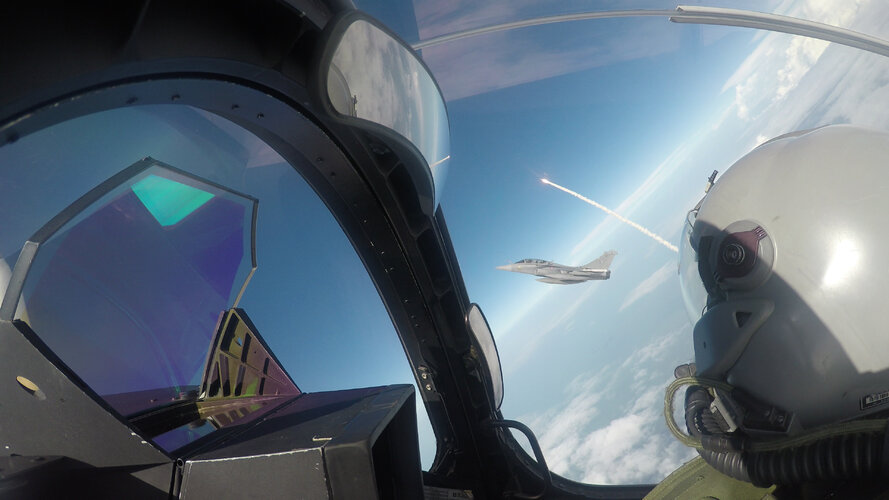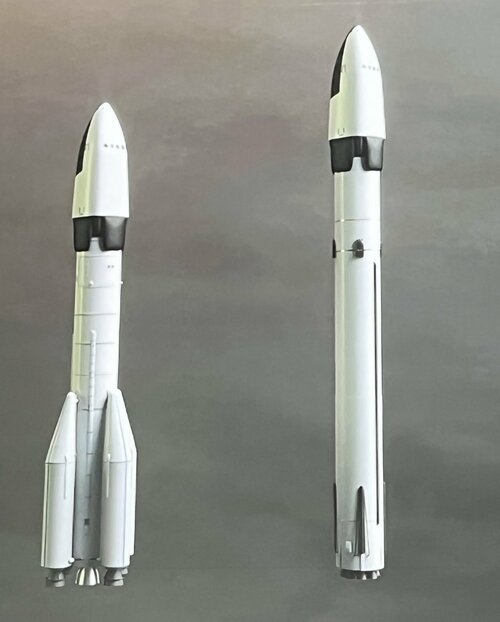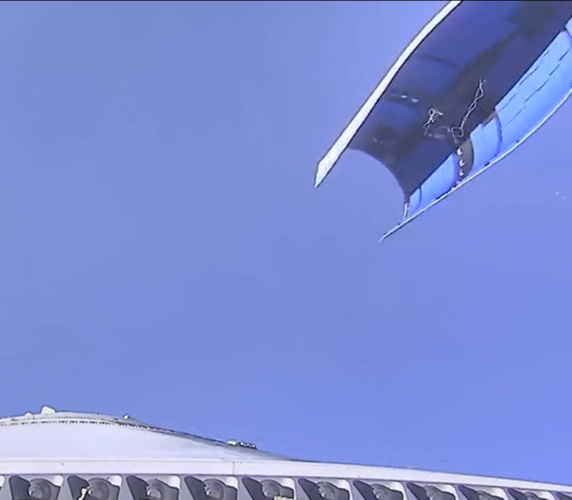TheKutKu
ACCESS: Secret
- Joined
- 13 February 2023
- Messages
- 463
- Reaction score
- 1,379
Not the first time Arianespace/ESA calls a dubious demonstration launch a success, 2nd ariane 5/ 502 famously undershot the GTO orbit (with dummy satellites, although with some real experiments on them) by 10,000 km, but was considered as a success for qualification purposes anyway. Arianespace and CNES and ESA didn't acknowledge it as a a failure, CNES called it "a success despite a few anomalies", and it was widely reported as such (I remember seeing some Aviation Week issue calling it a success)
The investigation, and return to flight program after the "failure" were relatively cheap (a couple dozen millions €, vs a few hundred millions for 501, and over half a billion for 517), and since the next launch (ARD) wasn't a commercial one they probably shrugged it
At the end of the day it's a qualification launch and not a commercial/operational launch, so the criteria for success can be different, objectively it was a succesful launch of all the orbital payloads, which was probably enough to start the operational life of the launcher.
The investigation, and return to flight program after the "failure" were relatively cheap (a couple dozen millions €, vs a few hundred millions for 501, and over half a billion for 517), and since the next launch (ARD) wasn't a commercial one they probably shrugged it
At the end of the day it's a qualification launch and not a commercial/operational launch, so the criteria for success can be different, objectively it was a succesful launch of all the orbital payloads, which was probably enough to start the operational life of the launcher.










